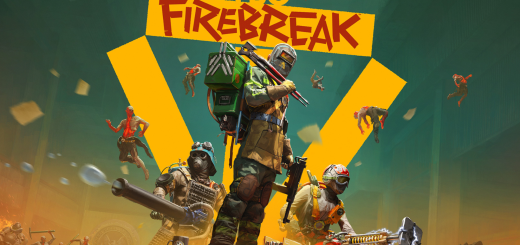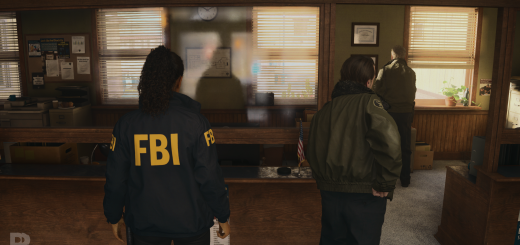F1 24 tested on PS5 Pro: ray tracing and PSSR raise visual quality to new heights
Codemasters makes its first push for PlayStation 5 Pro support with an update to F1 24 – a release that adds ray tracing upgrades and integrates the machine’s PSSR upscaling. Of course, F1 24 already has an impressive set of modes on the regular, base PS5, including support for 120fps gaming – and the same quality/performance divide remains on Pro, but with a range of enhancements for each. There’s also a new ‘resolution’ mode that unlocks only when the Pro is connected to an 8K screen. We went hands on at the studio on PS5 Pro development hardware and while the code wasn’t quite final, the upgrade is clearly impressive, particularly in the 60fps quality mode, where the EGO engine’s ray tracing features are used extensively.
A range of RT upgrades are in place. Whereas the standard PS5’s quality mode only used ray tracing in replays and pre-race sequences, PS5 Pro changes all of that. In large part thanks to the leeway afforded by its more capable GPU – a 67 per cent increase in compute units, and 28 per cent boost in memory speeds – it’s now possible to include three RT features during the race itself, all while still running at 60 frames per second. There’s ray traced reflections, including opaque materials like glass, alongside ray traced ambient occlusion for more realistic indirect shading and dynamic diffuse global illumination – or DDGI – allowing for simulated light bounce between surfaces. The one RT option missing during gameplay is ray traced shadows, though these are enabled during in-engine cinematics.
In comparing the base PS5 directly to PS5 Pro, the ray tracing upgrade for reflections is a substantial one. The overcast afternoon sky is more accurately reflected across the glossy surface of the car, and even the driver’s helmet. Each surface is more thoroughly lit in daylight, as it would be in a real race. The other, classic example of ray traced reflections is on wet track surfaces. The base PS5 uses the screen-space method – SSR – to draw reflections, where every roadside barrier and overhead billboard is vibrantly mirrored across the tarmac. Except, the result is often exaggerated. SSR works well, but it doesn’t simulate the way real-life light reacts, and crucially diffuses, across rough surfaces. The material reaction is too clean in the mirroring of elements above the track.
With RT on PS5 Pro, reflections are more true-to-life in factoring in the way light hits the coarse material properties of the road. It works much like the PC version maxed out in this sense. The impact of light from road-side barriers is undeniably subtler with RT engaged. Still, overall, PS5 Pro offers a more natural result via RT, where the most reflective points on the road are typically puddle formations.


